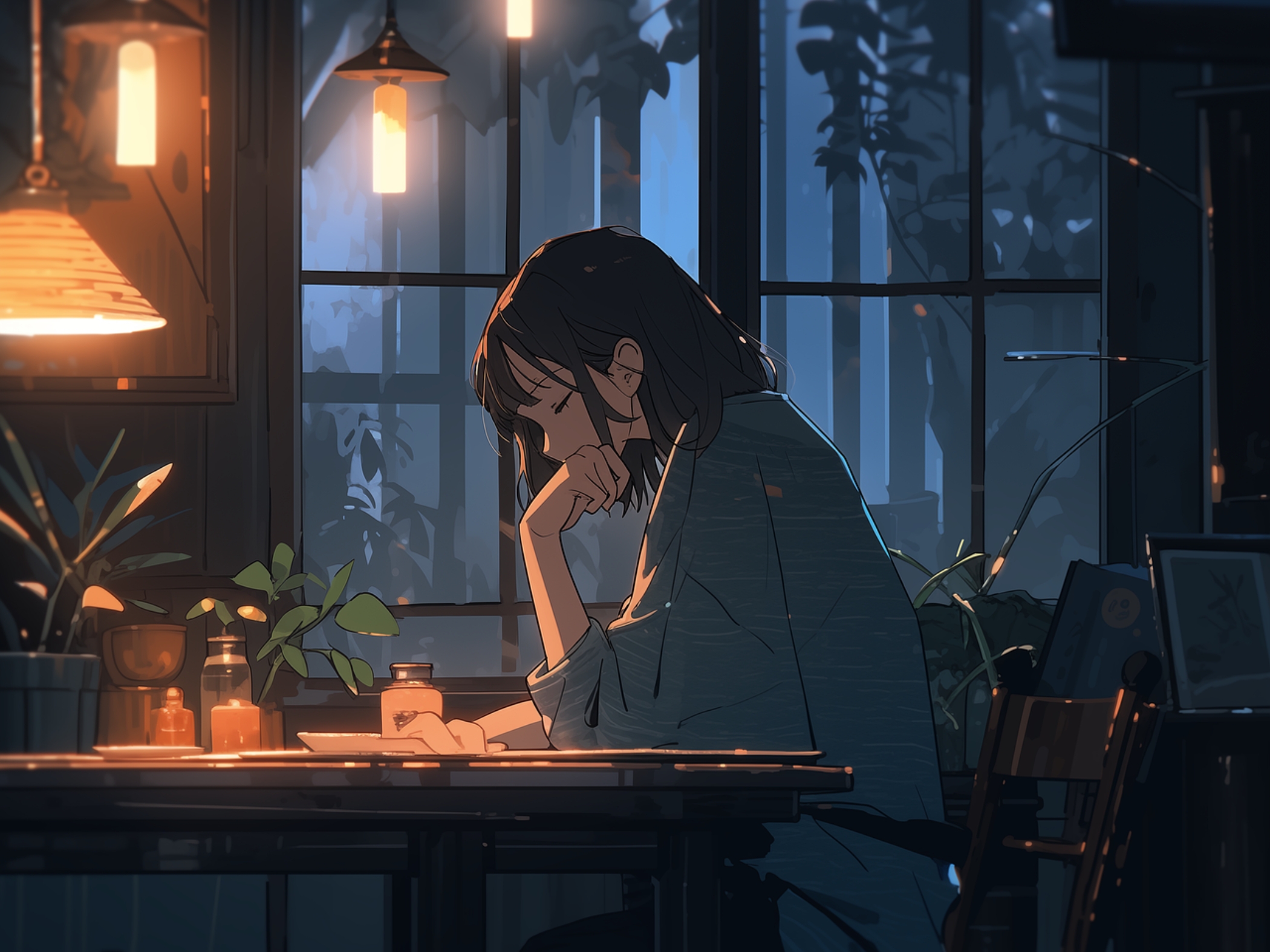You know what nobody tells you about hope? It’s not supposed to feel good all the time.
I spent years thinking I was doing hope wrong. Every time life got hard, I’d force myself to think positive thoughts, plaster on a smile, and repeat affirmations that felt like sandpaper against my actual feelings. And then I’d feel worse because I couldn’t maintain it. I thought staying hopeful meant feeling optimistic every single day, like some kind of emotional marathon runner who never gets tired.
That’s the lie we’ve all been sold, and it’s making everything harder than it needs to be.
The “Hope” Myth
The truth is, hope isn’t a feeling you manufacture. It’s not toxic positivity dressed up in nicer clothes. Real hope, the kind that actually carries you through the genuinely awful seasons of life, looks nothing like what we see in motivational quotes on social media.
Think about it. When you’re going through something truly difficult, when money’s tight or relationships are crumbling or your health is failing or you’ve lost someone you love, the last thing you need is someone telling you to just look on the bright side. That doesn’t help. It actually makes you feel more alone because now you’re dealing with the original pain plus the shame of not being able to stay positive about it.
I learned this the hard way during one of the worst years of my life. Everything that could go wrong did go wrong, and I kept trying to hope my way out of it by denying how bad things actually were. I’d wake up and tell myself today would be better, and when it wasn’t, I’d crumble. The disconnect between what I was trying to feel and what I actually felt was exhausting.
Then something shifted. I stopped trying to feel hopeful and started doing something completely different.
Toxic Positivity vs. Real Hope
I started acknowledging that things were genuinely terrible. I let myself feel the full weight of how hard everything was. And weirdly, that’s when real hope started showing up. Not the performative kind, not the forced kind, but the quiet, stubborn kind that actually matters.
Here’s what most people get wrong: they think hope means believing everything will work out exactly how you want it to. It doesn’t. Hope means believing you’ll figure out how to keep going even when things don’t work out the way you planned. Those are two completely different things.
How Real Hope Shows Up in Real Life
Real hope is grittier than that. It’s showing up to another job interview after twenty rejections. It’s trying to connect with your teenager one more time even though they’ve shut you out for months. It’s going to physical therapy when you’re not sure you’ll ever feel normal again. It’s texting a friend when you feel completely alone. It’s making dinner when you barely have the energy to stand.
Hope isn’t about denying reality. It’s about facing reality head-on and deciding you’re going to take the next small step anyway, even when you can’t see where the path leads. It’s not “everything happens for a reason” or “it’ll all make sense someday.” Sometimes terrible things happen for no reason at all, and they never make sense, and life is just unfair like that.
Nobody tells you that hope often looks like just doing the next obvious thing in front of you, without any guarantee it’ll matter. We think hope has to be this grand feeling, this certainty about the future, but most days it’s just putting one foot in front of the other with no idea if you’re even heading in the right direction.
Borrowing Hope: You Don’t Have to Do It Alone
The other thing people get wrong is thinking you have to do it alone. We treat hope like a personal responsibility, like if we’re not feeling it, we’ve somehow failed. But hope was never meant to be a solo project. Sometimes you borrow hope from other people. Sometimes their belief in you carries you through until you can believe in yourself again.
I remember a friend telling me during that terrible year, “I can’t fix any of this for you, but I can sit with you while it’s hard.” That was more hopeful than any inspirational quote I’d ever read. Her presence, her willingness to stay even when things were messy and uncertain, that was hope in action.
Hope also doesn’t mean you’re always looking ahead. Sometimes the most hopeful thing you can do is be fully present with where you are right now, even if where you are is painful. This moment, as hard as it is, won’t last forever. Not because everything magically gets better, but because moments don’t last. Time moves. Situations change. You change.
And here’s the thing nobody wants to admit: sometimes staying hopeful means accepting that you might not get what you originally wanted. Your life might look completely different than you planned, and that doesn’t mean you failed at hope. It means you were flexible enough to find new things worth hoping for when the old dreams fell apart.
I’m not going to tell you that everything works out in the end, because sometimes it doesn’t. People lose jobs they needed. Relationships end that they wanted to save. Health doesn’t always return. Dreams die. That’s real life, and pretending otherwise isn’t helpful to anyone who’s currently in the middle of hard times.
Practical Steps for Building Resilient Hope
But here’s what I will tell you: you’re more resilient than you think you are. Not in the “you’re so strong” way that feels like pressure to hold it together. I mean you’ve survived every difficult day you’ve ever had so far, even the ones where you didn’t think you would. That’s not nothing.
Hope isn’t about being certain things will get better. It’s about being uncertain and choosing to keep going anyway. It’s about finding tiny things worth appreciating even on the worst days. Not because it fixes anything, but because those tiny things remind you that hard and good can exist at the same time.
Maybe it’s the way morning light hits your coffee cup. Maybe it’s your dog being unreasonably excited to see you. Maybe it’s a song that makes you feel something other than numbness for three minutes. Maybe it’s knowing that in a few hours you get to sleep and not think about any of this for a while.
These small things don’t erase the hard things, but they coexist with them. That’s what hope actually looks like in hard times. Not the absence of difficulty, but the presence of small reasons to continue.
So if you’re in a hard season right now and you can’t feel that inspiring, motivational kind of hope, you’re not doing it wrong. You’re actually doing it right. Real hope doesn’t require you to feel good about bad situations. It just requires you to keep showing up, to take the next small step, to ask for help when you need it, to let yourself feel whatever you’re feeling without judgment.
And sometimes, hope is just deciding that you’ll try again tomorrow. That’s enough. You’re enough. Right here, in the middle of the mess, not having it all figured out, not feeling particularly optimistic, just continuing to exist and put one foot in front of the other.
That’s what hope really is. And you’ve been doing it all along.









